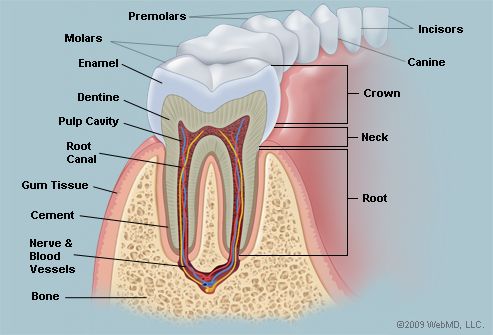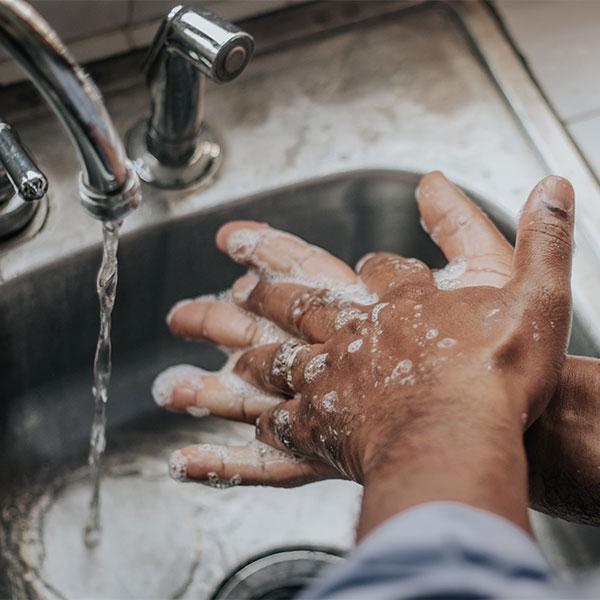In the movie Cast Away, Tom Hanks' character faces a seemingly simple yet excruciating problem—a toothache. This raises an important question: Could you handle a dental emergency when no professional help is available?
With guidance from the Special Operations Forces Medical Handbook, here are essential techniques for treating dental emergencies, including cavities, fractures, and extractions. Remember, these are temporary solutions for emergencies only. Always seek professional dental care when possible.
Anatomy of a Tooth
Understanding tooth anatomy is crucial before addressing dental issues. A tooth consists of two main parts:
- The Crown – The visible part of the tooth.
- The Roots – Embedded in the gums, anchoring the tooth in place.
The crown has five surfaces:
- Occlusal Surface – Biting surface
- Lingual Surface – Tongue-side surface
- Facial Surface – Cheek-side surface
- Two contact surfaces (touching adjacent teeth)

Treating Cavities in an Emergency
Symptoms
A cavity may cause dull pain, which worsens with heat, cold, or sweet and salty foods. Identify the surface of the tooth where the cavity exists.
Treatment
- Apply Anesthesia – Use local anesthetic agents. Ensure you are trained to inject near the tooth root (mucobuccal fold), avoiding blood vessels. Recommended options include:
- 2% lidocaine with 1/100,000 epinephrine (Xylocaine)
- 0.5% bupivacaine with 1/200,000 epinephrine (Marcaine)
- 3% mepivacaine without epinephrine (Polocaine or Carbocaine)
- Remove Decayed Area – Use a spoon-shaped instrument to remove soft decayed material.
- Clean and Fill:
- Wash the cavity with warm water.
- Mix zinc oxide (IRM) powder with water to a putty texture and place it in the hole.
- For occlusal cavities, have the patient bite gently to shape the filling.
- If IRM is unavailable, use a cotton pellet with eugenol as a temporary filler.
Note: This is a temporary solution. Seek a professional dentist for definitive care.
Treating Crown Fractures
Symptoms
Signs include sensitivity to heat or cold, jagged edges, or tooth fragments in the mouth.
Treatment
- For minor fractures, smooth rough edges with an emery board or small flat file.
- For extensive fractures:
- Clean the tooth with warm saline.
- Isolate the tooth using cotton gauze.
- Cover the fracture with Zinc Oxide-Eugenol paste (IRM), which lasts up to 6 weeks.
Repositioning a Dislocated Tooth
Symptoms
The tooth may appear misaligned or loose.
Treatment
- Administer local anesthetic to reduce pain.
- Gently reposition the tooth into its normal alignment.
- Splint the tooth to adjacent teeth using wire or heavy fishing line.
Reimplanting a Tooth Knocked Out of Its Socket
Symptoms
You may physically hold the dislodged tooth.
Treatment
- Preserve the tooth by placing it in clean saline or milk. Do not let it dry out or scrape it clean.
- Administer local anesthetic to the empty socket.
- Remove any blood clots in the socket using saline solution.
- Gently replace the tooth into the socket.
- Splint the tooth to neighboring teeth with wire or fishing line.
- Administer pain relief as needed.
Performing a Tooth Extraction
If a tooth must be extracted in an emergency:
- After extraction, compress the sides of the empty socket.
- Place a folded sterile sponge or gauze over the socket and apply light pressure for 60 minutes.
- Do not rinse the mouth for at least 12 hours to avoid disturbing the clot.













